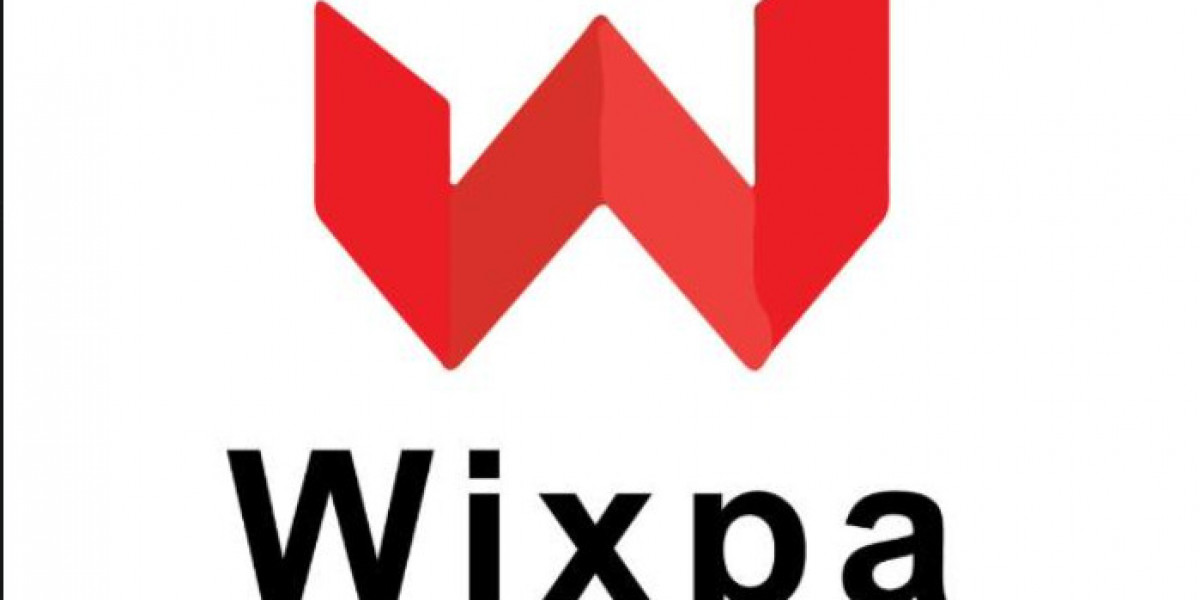Are you looking to grow your eCommerce business by reaching more customers through Google? One of the most effective ways to achieve this is by setting up a well-structured Google Shopping product feed. This feed serves as the foundation of your Shopping campaigns, allowing your products to appear in front of potential buyers actively searching for similar items.
In this guide, you will learn what a Google Shopping product feed is, how it works, why it’s essential for your business, and how to optimize it for maximum visibility and conversions.
Short Intro
A Google Shopping product feed is a structured file that contains detailed information about your products, including titles, descriptions, prices, and images. It connects your store to Google Merchant Center, helping Google display your products in Shopping results. An optimized feed ensures better visibility, fewer errors, and higher sales performance.
Understanding Google Shopping Product Feed
A Google Shopping product feed acts as a bridge between your online store and Google. It is a file, usually in XML, CSV, or Google Sheets format, that lists all the products you want to advertise on Google Shopping.
This feed includes product attributes such as title, description, price, image URL, and availability. Google uses this data to match your products with relevant search queries from users, ensuring that your listings appear in front of people most likely to buy.
Why Your Business Needs a Product Feed
Without a properly created feed, Google won’t have the necessary information to display your products in Shopping ads. A complete and accurate Google Shopping product feed not only helps you appear for the right searches but also increases the relevance and performance of your ads.
It ensures that your product listings are always up-to-date, reflecting real-time changes like price adjustments, stock updates, and new arrivals.
How Google Shopping Product Feed Works
The process is straightforward but highly impactful. You upload your feed file to Google Merchant Center, which serves as the central hub for managing your product data. Merchant Center processes and validates the data to ensure it meets Google’s standards.
Once approved, your feed connects with Google Ads, allowing you to create Shopping campaigns that display your products across Google Search, the Shopping tab, YouTube, and the Display Network.
Key Components of a Google Shopping Product Feed
Product ID
Each product needs a unique ID to help Google track and identify it across your campaigns.
Product Title
Your title is one of the most important factors that determine visibility. Include relevant keywords and make sure the title accurately describes the product.
Product Description
Provide a clear and detailed description of your product, focusing on its features and benefits. This helps Google and users understand what makes your product valuable.
Product Image
Images are vital for attracting clicks. Use high-quality images with clean backgrounds to make your products stand out.
Price and Availability
Your price and stock status must always be accurate. Mismatched data can lead to disapprovals or lost trust from potential customers.
Product Category
Assigning a relevant Google product category helps Google understand your products and match them to the right searches.
Unique Product Identifiers (GTIN, MPN, Brand)
Providing these identifiers improves product accuracy and helps your listings appear more often in relevant searches.
Setting Up a Google Shopping Product Feed
Step 1 Create a Google Merchant Center Account
Visit merchants.google.com and sign up for an account. Verify and claim your website URL to confirm ownership.
Step 2 Prepare Your Product Data
Collect all the necessary details for each product you want to include in your feed. Organize the data in a structured format such as a Google Sheet or CSV file.
Step 3 Create the Feed File
You can manually enter product details in a spreadsheet or use feed management tools that automate the process. Many eCommerce platforms like Shopify and WooCommerce offer built-in integrations to simplify Google Shopping product feed creation.
Step 4 Upload the Feed
Log in to your Google Merchant Center, go to the “Feeds” section, and upload your file. You can choose different upload methods, including scheduled fetch, manual upload, or through content APIs.
Step 5 Review and Fix Errors
After uploading, Google will process your feed and display any errors or warnings in the Diagnostics section. Fixing these issues promptly ensures smooth product approval.
Step 6 Link Merchant Center with Google Ads
To start advertising, connect your Merchant Center with your Google Ads account. This connection allows you to run Shopping campaigns using your approved feed data.
Optimizing Your Google Shopping Product Feed
Creating a feed is only the first step. To get the best results, you must continuously optimize your feed.
Optimize Product Titles and Descriptions
Use descriptive and keyword-rich titles that reflect how users search for products. Avoid unnecessary words and focus on clarity.
Add All Required and Optional Attributes
The more detailed your feed, the better Google understands your products. Adding optional fields like color, size, gender, and material can improve targeting and visibility.
Use High-Quality Images
Visual appeal matters. Invest in clear, professional photos that showcase your products accurately. Avoid low-resolution or cluttered images.
Keep Your Data Updated
Regularly update your feed to reflect the latest pricing, stock status, and new product information. Outdated data can harm performance and user trust.
Use Custom Labels for Better Campaign Control
Custom labels help you segment products based on performance, price range, or seasonal demand. This makes it easier to manage and optimize campaigns.
Common Feed Issues and How to Fix Them
Missing or Incorrect Product Attributes
Always provide accurate and complete product details. Missing data can lead to product disapproval.
Mismatched Prices
Ensure that your feed’s price matches the price on your website to avoid policy violations.
Image Quality Problems
Use images that meet Google’s guidelines clear, focused, and without added promotional text.
Disapproved Products
Check Google Merchant Center notifications regularly and resolve disapprovals by correcting errors or updating product data.
Monitoring and Measuring Feed Performance
Once your Google Shopping product feed is live, it’s important to monitor performance regularly.
Use Google Merchant Center Reports
Track product impressions, clicks, and disapprovals to identify what’s working and what needs improvement.
Analyze Data in Google Ads
Measure key performance metrics like click-through rate (CTR), conversion rate, and return on ad spend (ROAS) to gauge campaign effectiveness.
Leverage Google Analytics
Integrate Google Analytics with Merchant Center to understand how users interact with your products after clicking on your Shopping ads.
Adjust and Optimize
Use insights from these reports to refine your feed continuously. Update product titles, improve images, and adjust descriptions to align with performance trends.
Benefits of a Well-Optimized Feed
A well-maintained Google Shopping product feed can significantly enhance your business performance.
Improved visibility across Google Shopping and Search
Higher ad relevance and quality score
Better targeting and audience reach
Reduced disapprovals and errors
Increased sales and ROI from Shopping campaigns
Final Thoughts
A Google Shopping product feed is more than just a list of your products. It’s a vital marketing asset that determines how your products are presented to potential buyers across Google’s platforms. When properly structured, updated, and optimized, your feed can drive consistent visibility, clicks, and conversions.
Investing time in maintaining an accurate and high-quality feed ensures long-term success for your eCommerce business, helping you stay competitive in the ever-growing online marketplace.
FAQs
What is a Google Shopping product feed?
It’s a structured file that includes all the details about your products, such as title, description, price, and image, which Google uses to display them in Shopping ads.
How do I create a product feed for Google Shopping?
You can create one manually using a spreadsheet or automatically using a feed management tool or app integrated with your eCommerce store.
Why is optimizing the feed important?
Optimization improves visibility, ensures product accuracy, and helps Google match your listings with the right searches.
How often should I update my feed?
Your feed should update daily or automatically to reflect the latest prices, stock status, and new product information.














